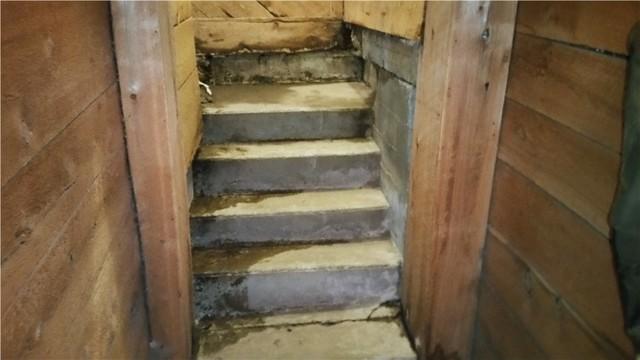
Drainage Installed and Steps Poured
Our crews needed to demo the existing steps in order to properly install our drainage system. Afterwards, the steps were restored to allow safe access to the basement.
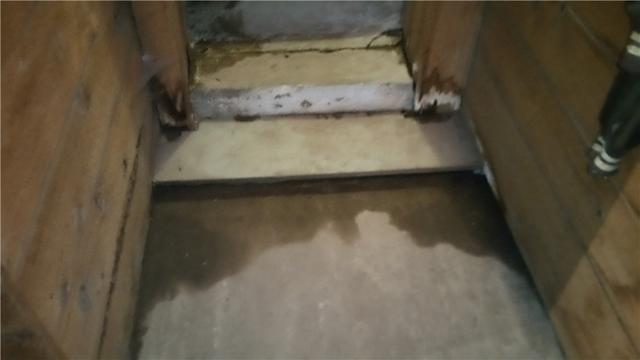
Site of Leaking Water
These steps were located against a cracked foundation wall, that was taking on significant amounts of water.
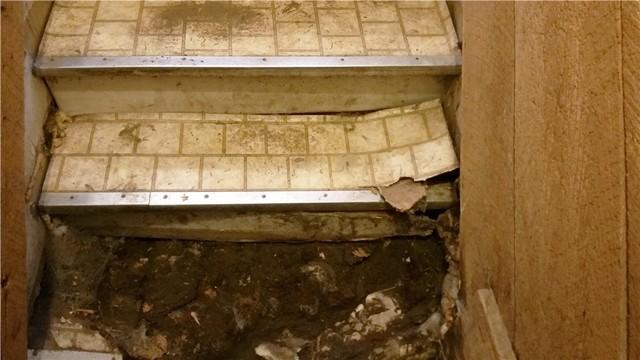
Existing Steps Rotted
This bottom basement step was completely rotted away from water leaking into the basement.
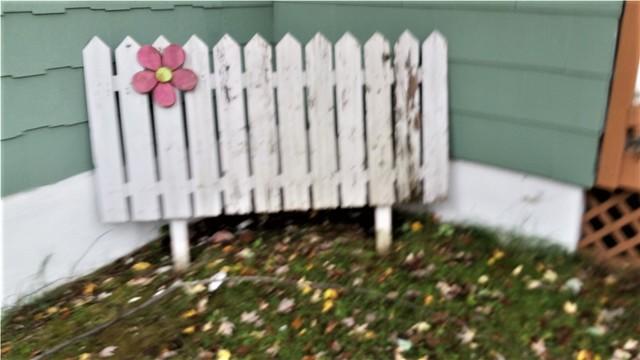
Site of Exterior Excavation
A 15-ft portion of the exterior wall was to be excavated so that our team could perform a wall straightening procedure.

Home's Existing Sump Pump
The sump pump is typically located in the lowest spot in the basement. This also means water is prone to collect here when not directed to the sump pump.
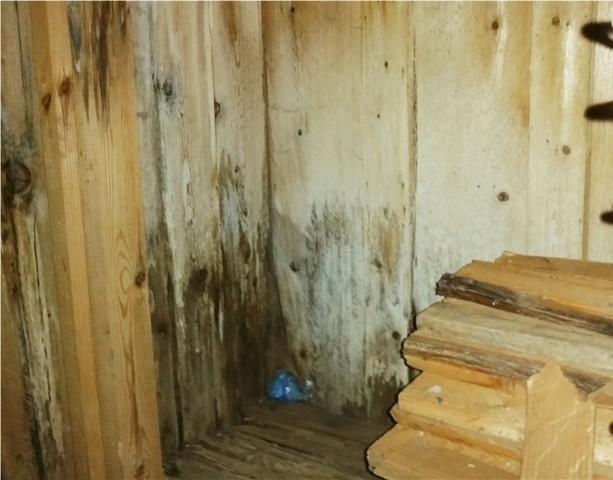
Black Mold On Basement Walls
Prolonged exposure to moisture makes it far too easy for mold to develop.
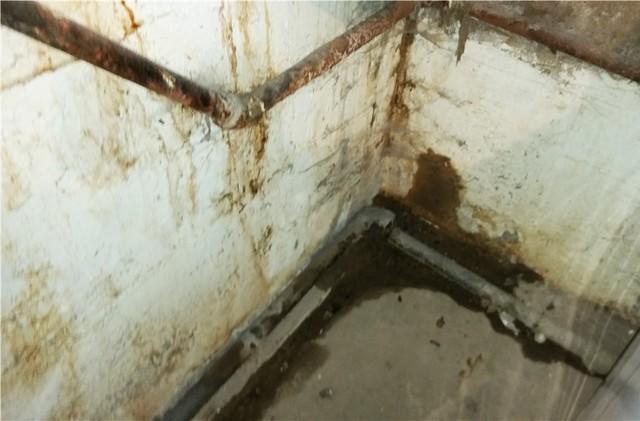
Low Corner in Virginia, MN Basement
This photo shows a broken drain pipe and the water damage that followed.

In process - Basement Stairs
Our team installed a dimpled drainage matting that will direct any water down and into the new WaterGuard® drainage system.
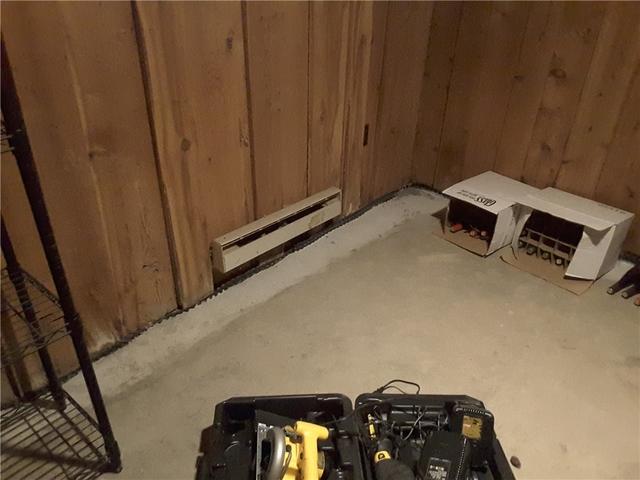
WaterGuard® Will Capture Water
This product is superior in french drain technology, allowing moisture to enter the drain and be carried to the home's sump pump.

WaterGuard® Combats Pooling Water in Virginia, MN
Our production crews dug a trench and lined it with drainage matting where the floor meets the wall. That way, any moisture that collects on the wall will not reach the basement floor.
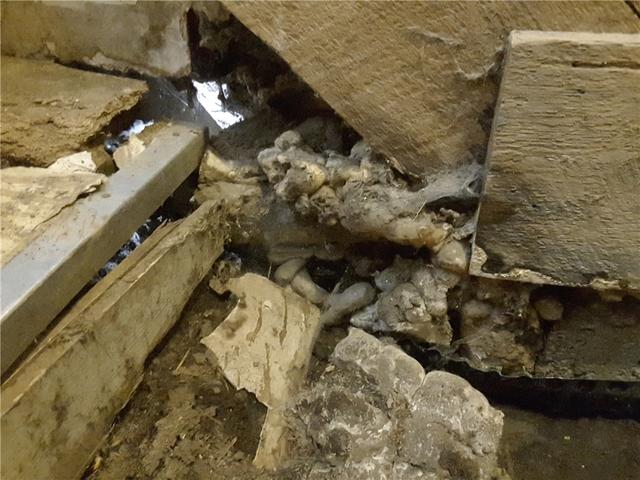
Site of Falling Wall
This foundation wall was collapsing due to prolonged exposure to water.
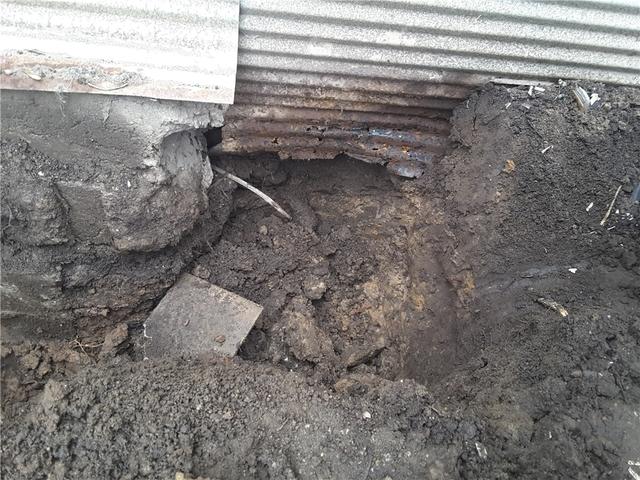
Excavated Outer Wall
Our crews had to excavate some soil at the exterior of the home in order to straighten the leaking wall.

After Excavation is Complete
After performing the wall straightening procedure, our crews also installed SilverGlo™ insulation and SentrySeal® waterproofing membrane to provide further protection against water in the future.


